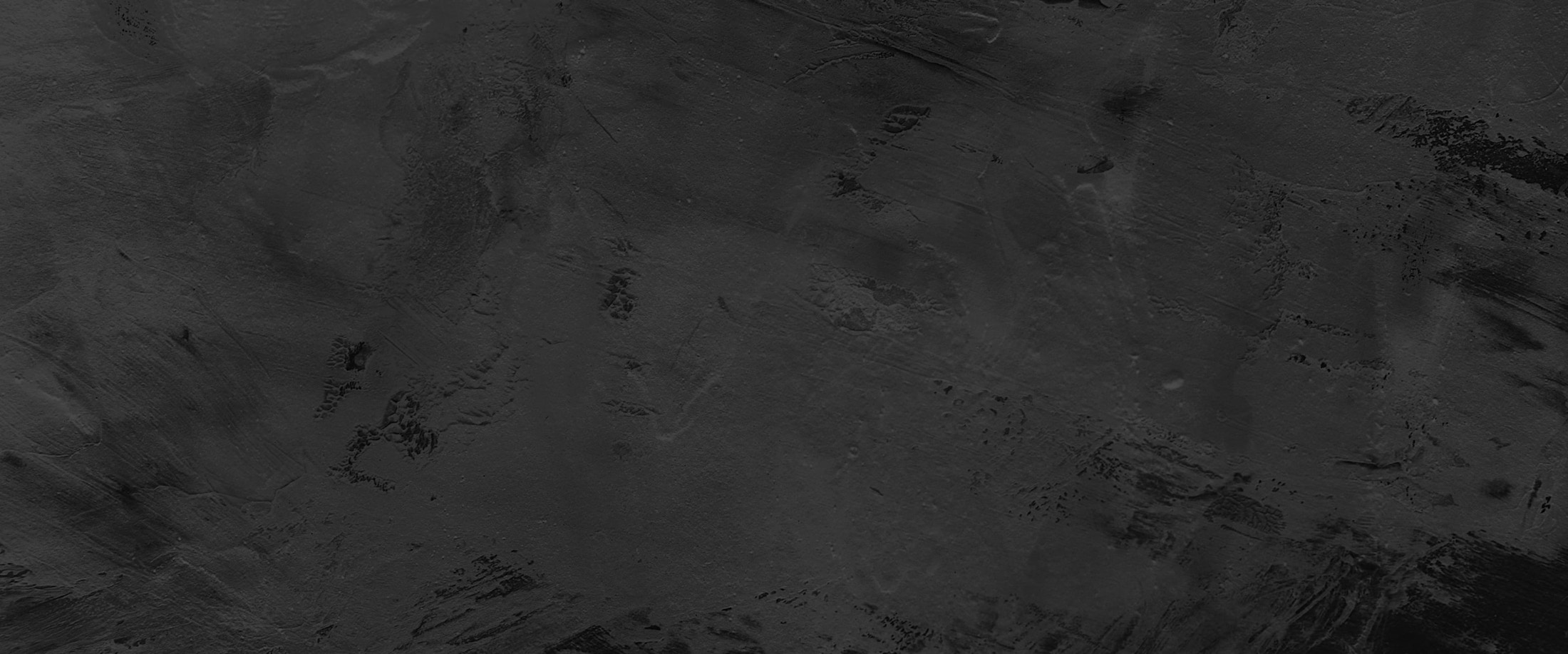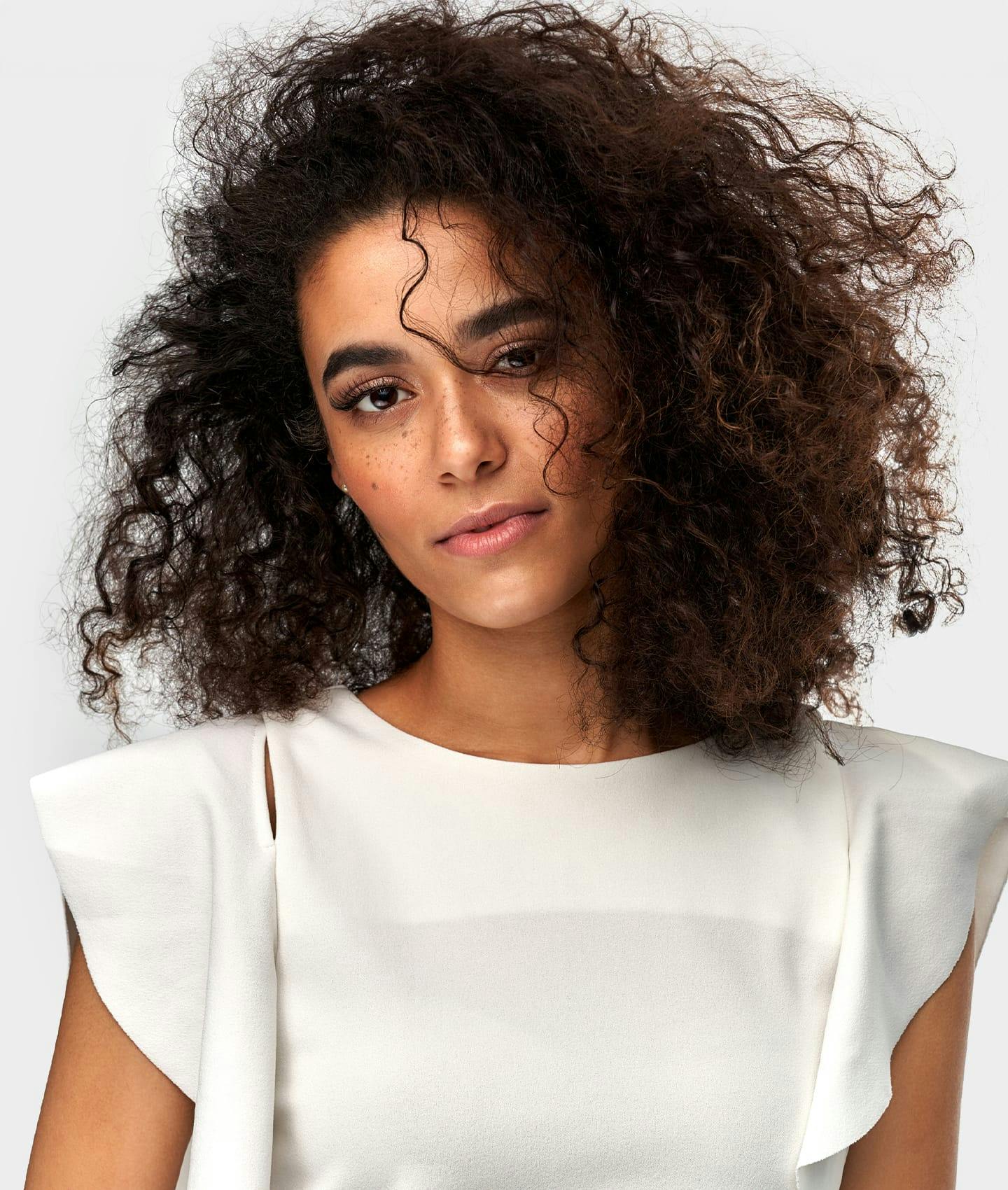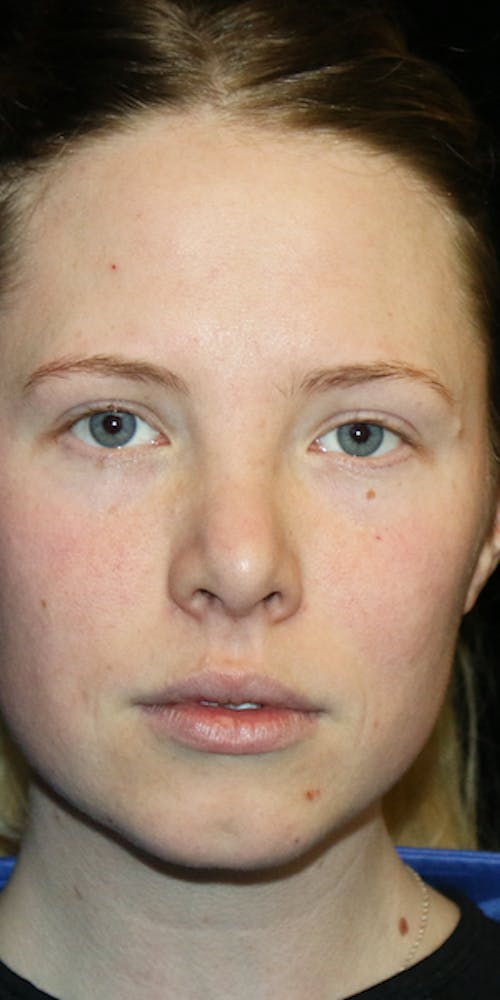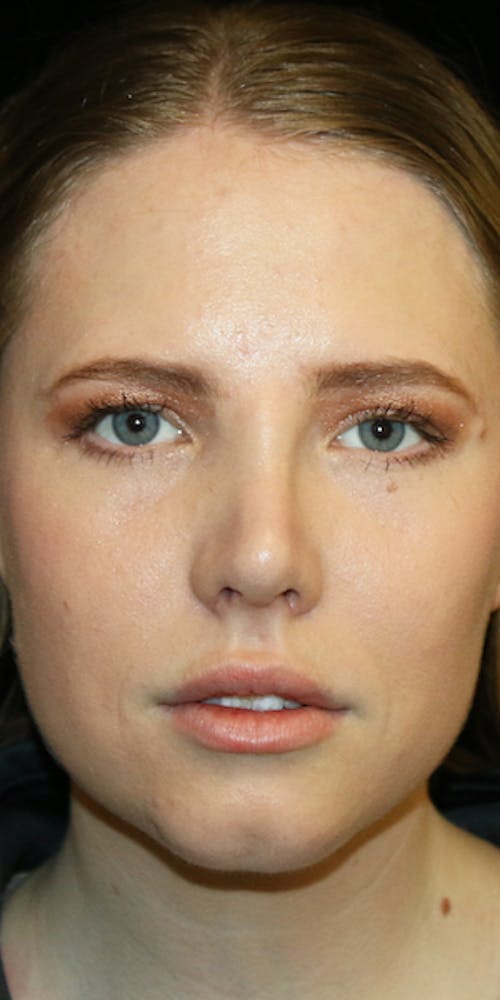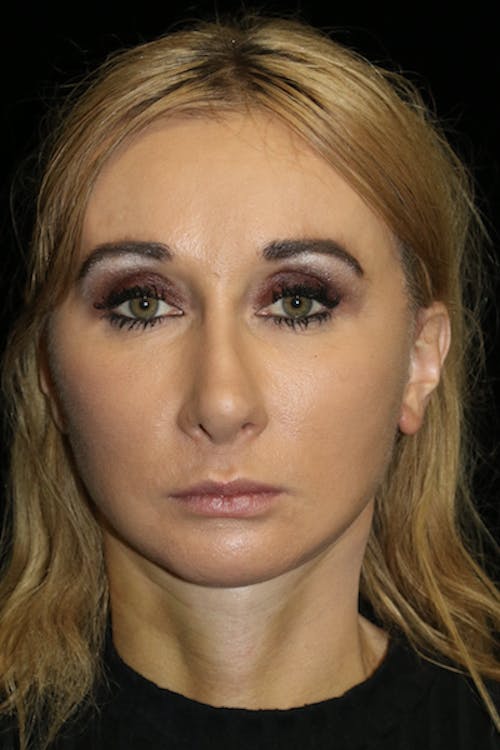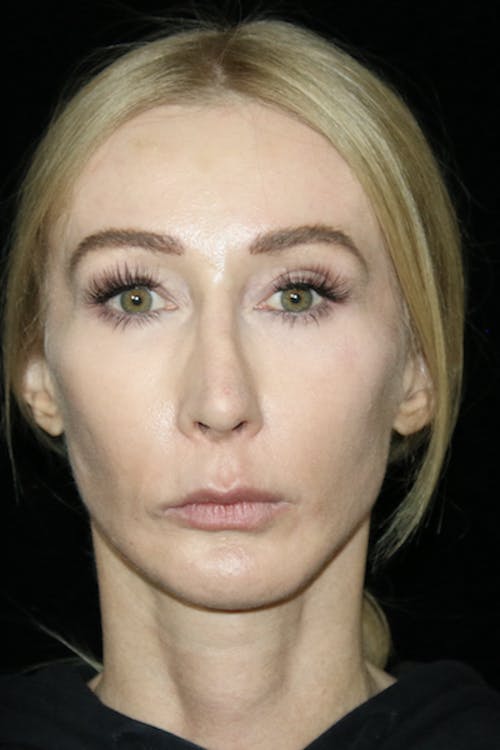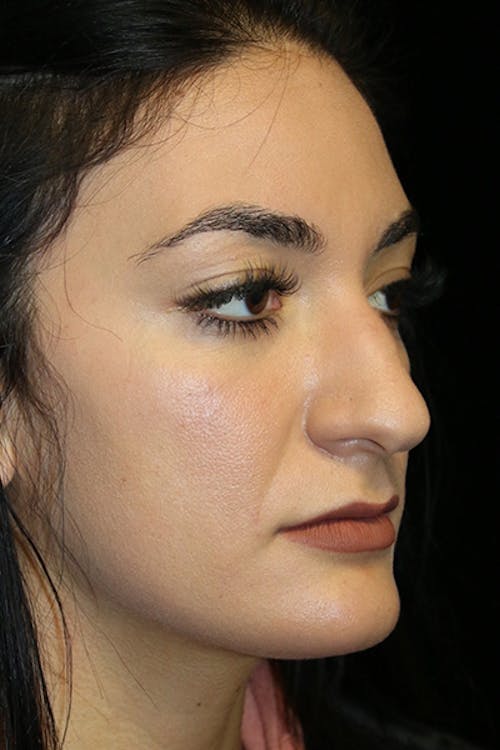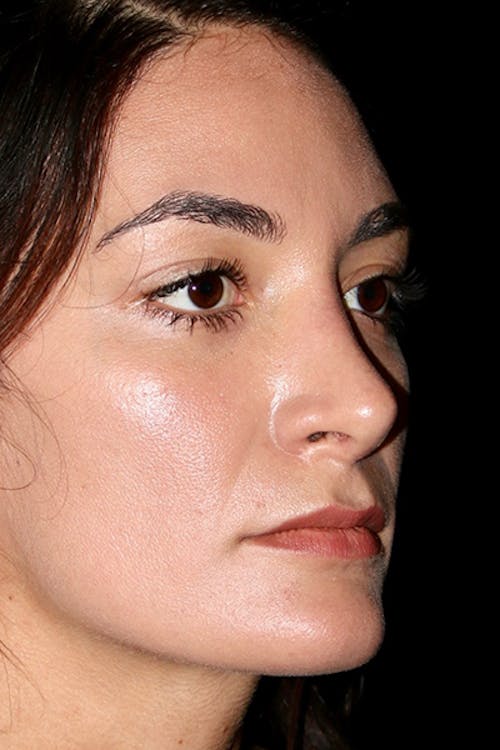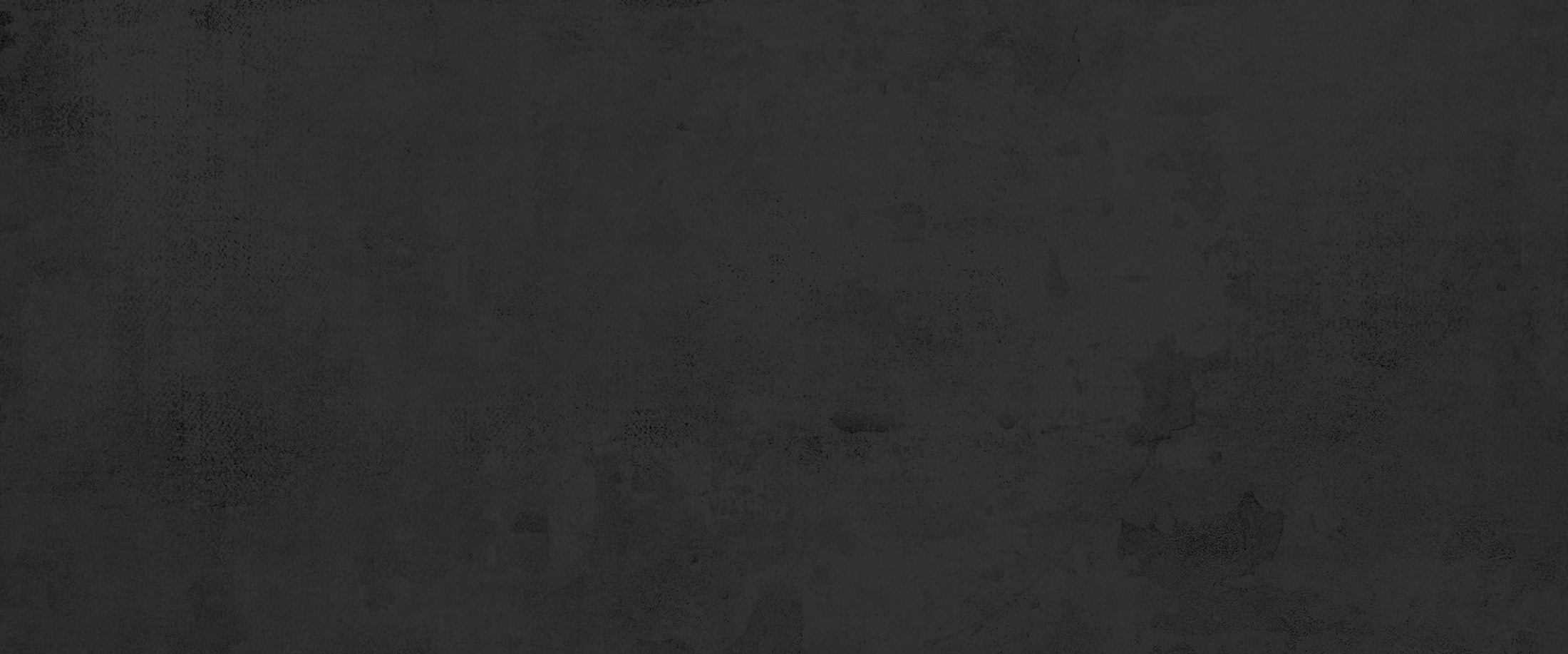A failed rhinoplasty is a very concerning problem. A top-tier plastic surgeon should manage this complex revision surgery to ensure an excellent surgical outcome.
When a Nose Job Goes Wrong
What Can Revision Rhinoplasty Correct?
Revision rhinoplasty can address a wide range of issues resulting from a previous rhinoplasty, including:
- Asymmetry: Corrects uneven or imbalanced nasal structures that may have resulted from the initial surgery.
- Breathing Difficulties: Resolves functional issues, such as breathing obstruction, which may have arisen due to improper healing or structural changes.
- Pinched Tip: Restores a more natural shape to the nasal tip if it appears pinched or overly narrow after the first surgery.
- Collapsed Bridge: Rebuilds the nasal bridge if it has collapsed or lost support, improving both appearance and function.
- Residual Deformities: Addresses any remaining bumps, depressions, or other aesthetic concerns that were not fully resolved in the initial procedure.
- Scar Tissue: Manages and minimizes scar tissue that may have formed due to the initial surgery, affecting the nose’s appearance and function.
- Droopy Tip: Lifts and supports a drooping nasal tip to restore a more attractive profile.
- Over-Resection: Restores nasal structure and volume if too much cartilage or bone was removed during the first surgery.
- Short Nose: Lengthens the nose if it appears too short or upturned after previous surgery.
- Crooked Nose: Straightens a nose that has become crooked or misaligned after the initial rhinoplasty.
- Under-Correction: Enhances the results of the initial surgery when it fails to meet the patient’s expectations.

